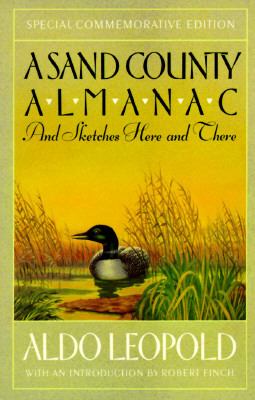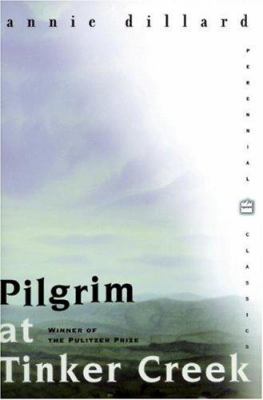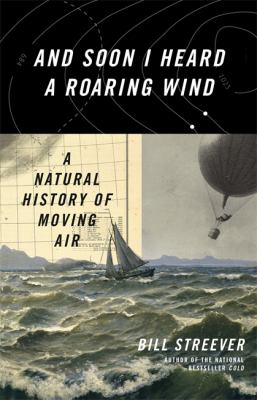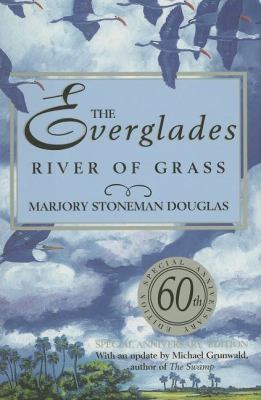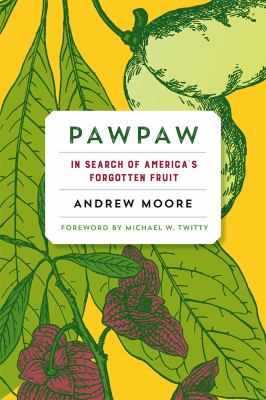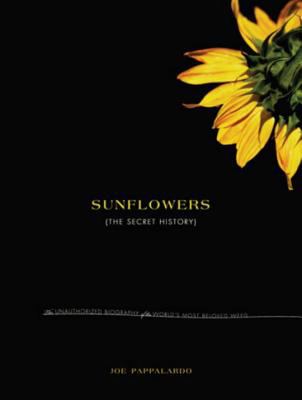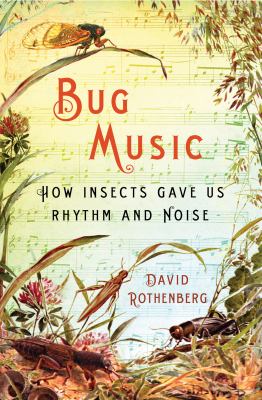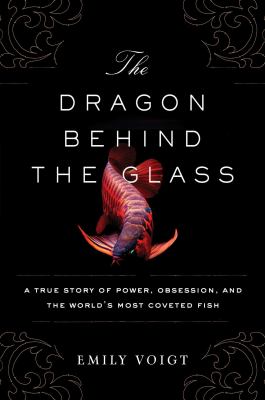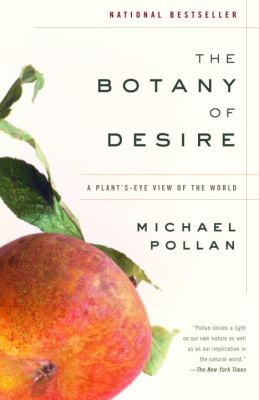Adult Summer Reading List
Nature and NaturalistsThis list of books goes along with our 2018 Adult Summer Reading program: “Libraries Rock!”
A Sand County Almanac and Sketches Here and There by Aldo Leopold
First published in 1949, A Sand County Almanac combines some of the finest nature writing since Thoreau with an outspoken and highly ethical regard for America’s relationship to the land.
Written with an unparalleled understanding of the ways of nature, the book includes a section on the monthly changes of the Wisconsin countryside; another part that gathers informal pieces written by Leopold over a forty-year period as he traveled through the woodlands of Wisconsin, Iowa, Arizona, Sonora, Oregon, Manitoba, and elsewhere; and a final section in which Leopold addresses the philosophical issues involved in wildlife conservation. As the forerunner of such important books as Annie Dillard’s Pilgrim at Tinker Creek, Edward Abbey’s Desert Solitaire, and Robert Finch’s The Primal Place, this classic work remains as relevant today as it was sixty-five years ago.
Pilgrim at Tinker Creek by Annie Dillard
An exhilarating meditation on nature and its seasons—a personal narrative highlighting one year’s exploration on foot in the author’s own neighborhood in Tinker Creek, Virginia. In the summer, Dillard stalks muskrats in the creek and contemplates wave mechanics; in the fall she watches a monarch butterfly migration and dreams of Arctic caribou. She tries to con a coot; she collects pond water and examines it under a microscope. She unties a snake skin, witnesses a flood, and plays ‘King of the Meadow’ with a field of grasshoppers.
And Soon I Heard a Roaring Wind: A Natural History of Moving Air by Bill Streever
Scientist and bestselling nature writer Bill Streever goes to any extreme to explore wind–the winds that built empires, the storms that wreck them–by traveling right through it. Narrating from a fifty-year-old sailboat, Streever leads readers through the world’s first forecasts, Chaos Theory, and a future affected by climate change. Along the way, he shares stories of wind-riding spiders, wind-sculpted landscapes, wind-generated power, wind-tossed airplanes, and the uncomfortable interactions between wind and wars, drawing from natural science, history, business, travel, as well as from his own travels.
AND SOON I HEARD A ROARING WIND is an effortless personal narrative featuring the keen observations, scientific rigor, and whimsy that readers love. You’ll never see a breeze in the same light again.
My Backyard Jungle: The Adventures of an Urban Wildlife Lover Who Turned His Yard into Habitat and Learned to Live with It by James Barilla
For James Barilla and his family, the dream of transforming their Columbia, South Carolina, backyard into a haven for wildlife evoked images of kids catching grasshoppers by day and fireflies at night, of digging up potatoes and picking strawberries. When they signed up with the National Wildlife Federation to certify their yard as a wildlife habitat, it felt like pushing back, in however small a way, against the tide of bad news about vanishing species, changing climate, dying coral reefs.
Then the animals started to arrive, and Barilla soon discovered the complexities (and possible mayhem) of merging human with animal habitats. What are the limits of coexistence, he wondered? To find out, Barilla set out across continents to explore cities where populations of bears, monkeys, marmosets, and honeybees live alongside human residents.
My Backyard Jungle brings these unique stories together, making Barilla’s yard the centerpiece of a meditation on possibilities for coexistence with animals in an increasingly urban world. Not since Gerald Durrell penned My Family and Other Animals have readers encountered a naturalist with such a gift for storytelling and such an open heart toward all things wild.
The Everglades: River of Grass by Marjory Stoneman Douglas
The Everglades: River of Grass, first published in 1947, begins with the famous passage: “There are no other Everglades in the world,” and continues with a fascinating look at the natural and human history of the Florida Everglades. The book portrays, in layperson’s terms, the ecology of the Everglades, its important plant and animal life, its long Native American history, the coming of the Spanish, its early settlements, and the modern attempts of drainage and development, typically with disastrous results. This landmark book redefined public opinion of the Everglades from that of ‘worthless swamp’ to one in which the Everglades are valued as a unique ecological treasure of vital importance to the health of southern Florida.
The Everglades: River of Grass remains essential reading for anyone interested in the history and conservation of this vast wilderness. Included are 2 maps. In addition to researching and writing this book, author Marjory Stoneman Douglas (1890-1998) played an important leadership role in the effort to protect the Everglades from development, and she was active in other social causes as well (civil rights, women’s rights) during the course of her long life. She was the recipient of numerous awards, including the Presidential Medal of Freedom in 1983.
Pawpaw: In Search of America’s Forgotten Fruit by Andrew Moore
The largest edible fruit native to the United States tastes like a cross between a banana and a mango. It grows wild in twenty-six states, gracing Eastern forests each fall with sweet-smelling, tropical-flavored abundance. Historically, it fed and sustained Native Americans and European explorers, presidents, and enslaved African Americans, inspiring folk songs, poetry, and scores of place names from Georgia to Illinois. Its trees are an organic grower’s dream, requiring no pesticides or herbicides to thrive, and containing compounds that are among the most potent anticancer agents yet discovered.
So why have so few people heard of the pawpaw, much less tasted one?
In Pawpaw, author Andrew Moore explores the past, present, and future of this unique fruit, traveling from the Ozarks to Monticello; canoeing the lower Mississippi in search of wild fruit; drinking pawpaw beer in Durham, North Carolina; tracking down lost cultivars in Appalachian hollers; and helping out during harvest season in a Maryland orchard. Along the way, he gathers pawpaw lore and knowledge not only from the plant breeders and horticulturists working to bring pawpaws into the mainstream (including Neal Peterson, known in pawpaw circles as the fruit’s own “Johnny Pawpawseed”), but also regular folks who remember eating them in the woods as kids, but haven’t had one in over fifty years.
As much as Pawpaw is a compendium of pawpaw knowledge, it also plumbs deeper questions about American foodways―how economic, biologic, and cultural forces combine, leading us to eat what we eat, and sometimes to ignore the incredible, delicious food growing all around us. If you haven’t yet eaten a pawpaw, this book won’t let you rest until you do.
Sunflowers: The Secret History by Joe Pappalardo
Most people know that Hitler made a serious blunder by invading Russia. Most people don’t know that it was the sunflower that prompted him to attempt the invasion. It’s true-when the wartime cost of cooking oil spiked, Hitler sought an alternative source of oil. He thought he found it in Russia’s cash crop of golden sunflower fields.
Promiscuously social and perennially popular, the sunflower has colored the narrative of human history for the past thousand years. Joe Pappalardo’s unexpected and highly entertaining social history of this scandalous flower stretches from the Stone Age to the Space Age braves such topics as plagiarism and flatulence. Pappalardo explains how sunflowers nearly prevented the Irish potato famine and other fascinating peculiarities of this plant. This coy tell-all is a delight for flower lovers and trivia buffs alike.
Bug Music: How Insects Gave Us Rhythm and Noise by David Rothenberg
In the spring of 2013 the cicadas in the Northeastern United States will yet again emerge from their seventeen-year cycle—the longest gestation period of any animal. Those who experience this great sonic invasion compare their sense of wonder to the arrival of a comet or a solar eclipse. This unending rhythmic cycle is just one unique example of how the pulse and noise of insects has taught humans the meaning of rhythm, from the whirr of a cricket’s wings to this unfathomable and exact seventeen-year beat.
In listening to cicadas, as well as other humming, clicking, and thrumming insects, Bug Music is the first book to consider the radical notion that we humans got our idea of rhythm, synchronization, and dance from the world of insect sounds that surrounded our species over the millions of years over which we evolved. Completing the trilogy he began with Why Birds Sing and Thousand Mile Song, David Rothenberg explores a unique part of our relationship with nature and sound—the music of insects that has provided a soundtrack for humanity throughout the history of our species. Bug Music continues Rothenberg’s in-depth research and spirited writing on the relationship between human and animal music, and it follows him as he explores insect influences in classical and modern music, plays his saxophone with crickets and other insects, and confers with researchers and scientists nationwide.
The Dragon Behind the Glass: a True Story of Power, Obsession, and the World’s Most Coveted Fish by Emily Voigt
A journalist’s quest to find a wild Asian arowana — the world’s most expensive aquarium fish—takes her on a global tour through the bizarre realm of ornamental fish hobbyists to some of the most remote jungles on the planet.
A young man is murdered for his prized pet fish. An Asian tycoon buys a single specimen for $150,000. Meanwhile, a pet detective chases smugglers through the streets of New York. Delving into an outlandish world of obsession, paranoia, and criminality, The Dragon Behind the Glass tells the story of a fish like none other. Treasured as a status symbol believed to bring good luck, the Asian arowana, or “dragon fish,” is a dramatic example of a modern paradox: the mass-produced endangered species. While hundreds of thousands are bred in captivity, the wild fish has become a near-mythical creature. From the South Bronx to Borneo and beyond, journalist Emily Voigt follows the trail of the arowana to learn its fate in nature.
With a captivating blend of personal reporting, history, and science, Voigt traces our fascination with aquarium fish back to the era of exploration when intrepid naturalists stood on the cutting edge of modern science, discovering new species around the globe. In an age when freshwater fish now comprise one of the most rapidly vanishing groups of animals, she unearths a surprising truth behind the arowana’s rise to fame—one that calls into question how we protect the world’s rarest species.
An elegant examination of the human conquest of nature, The Dragon Behind the Glass revels in the sheer wonder of life’s diversity and lays bare our deepest desire—to hold on to what is wild.
The Botany of Desire: A Plant’s-eye View of the World by Michael Pollan
Every schoolchild learns about the mutually beneficial dance of honeybees and flowers: The bee collects nectar and pollen to make honey and, in the process, spreads the flowers’ genes far and wide. In The Botany of Desire, Michael Pollan ingeniously demonstrates how people and domesticated plants have formed a similarly reciprocal relationship.
He masterfully links four fundamental human desires—sweetness, beauty, intoxication, and control—with the plants that satisfy them: the apple, the tulip, marijuana, and the potato. In telling the stories of four familiar species, Pollan illustrates how the plants have evolved to satisfy humankind’s most basic yearnings. And just as we’ve benefited from these plants, we have also done well by them. So who is really domesticating whom?

